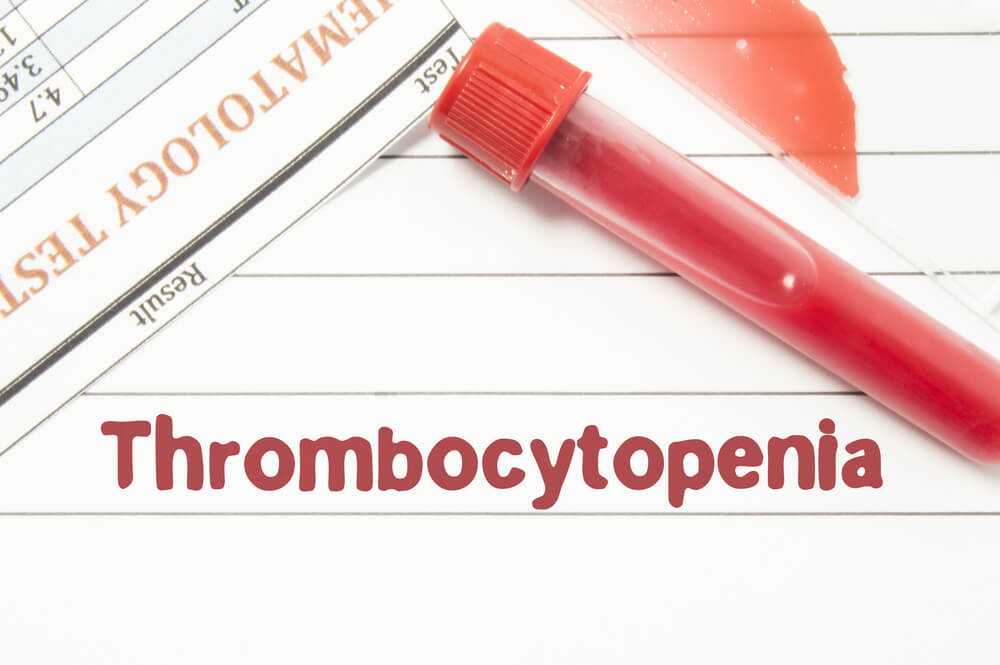Thrombocytopenia is a condition wherein platelets (also called thrombocytes) are low in number, which can result in bleeding problems. It can also be a side effect of taking certain medications. It is more prevalent in children than adults, but it is still infrequent. In children, it usually disappears by itself. In many adults, it does not get better, but it often does not need any medication.
Causes
This condition may be due to trapped platelets. The spleen is the part of the lymphatic system found above the stomach under the ribs on the left side. It is a soft, spongy organ and is essential for maintaining body fluid balance. Usually, it filters or removes old or damaged blood cells from the bloodstream and also store red blood cells and platelets.
- Decrease production of platelets– Megakaryocytes are large bone marrow cells, and it is the only one that is responsible for the production of platelets. Suppression of megakaryocytes or bone marrow suppression will decrease the production of platelets, leading to thrombocytopenia.
- Chemotherapy– Chemotherapy or radiation therapy is an essential cause of thrombocytopenia. Bone marrow suppression (myelosuppression) is a common side effect of chemotherapy, as it develops tumours in the bone marrow, which increases the chances of anemia, thrombocytopenia, and neutropenia.
- Alcohol consumption– People who abuse alcohol are at a high risk of hematological disorders. More than 80 grams of alcohol per day give toxic effects on bone marrow, red blood cells, white blood cells, platelets and also produced nutritional deficiency that impairs the production and function of various blood cells.


